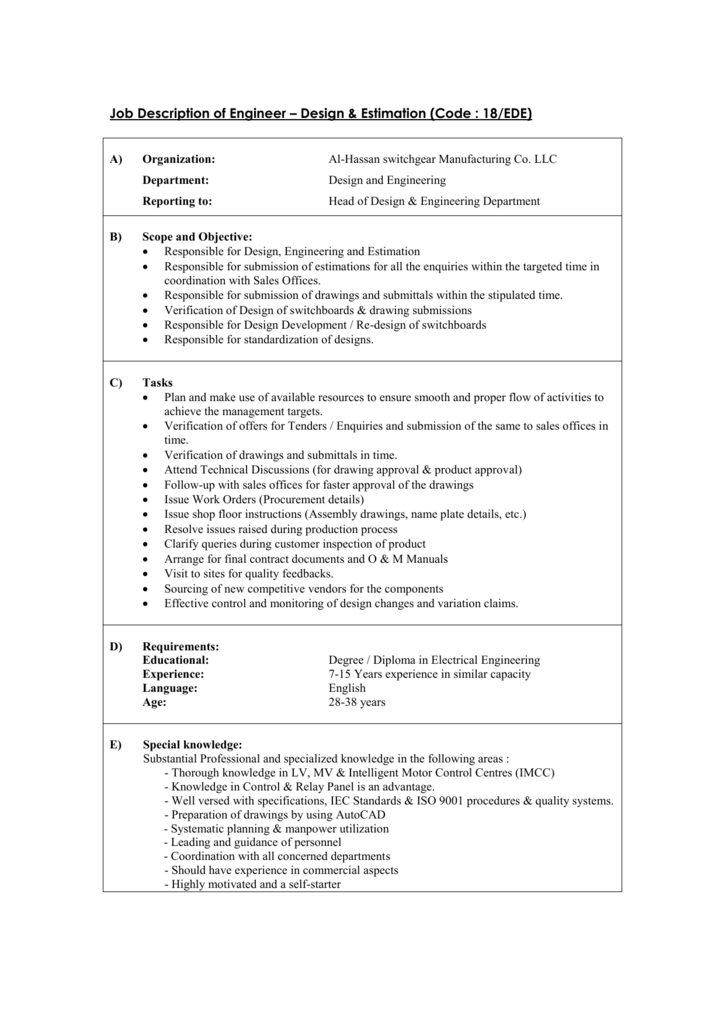
Reverse Engineering is a technique and process for understanding and replicating a previously manufactured device, process, software, or system. These methods are used in both military and commercial espionage. This technique is used in many industries to gain access and improve their products. Although it is legal, it may not be ethical.
Reverse engineering is an option
Reverse engineering involves breaking something down to its basic parts. It is a way to improve the product or get a better understanding. This is useful when companies are trying to recreate a product, or a portion of a particular product. It is also useful for recovering lost designs.
It can be legal
The practice of reverse engineering allows for independent learning about a product and/or process. It involves deconstructing a program or obtaining specifications in order to create a similar program. This practice is usually legal. But, before you pursue this practice, there are a few things to remember. First, the person must be honest and fair in acquiring the product. Fair use is defined as the acquisition of a product, process, or product that has a negative effect on the original product's value or product.

It can also be used for commercial and military espionage
Reverse engineering can serve many purposes, including corporate and military espionage. It can also save CAD files, especially in case of loss or damage. It can also protect cultural relics. In addition, reverse engineering can help improve product documentation. It can even be used to replace parts. Sometimes, the original manufacturer may not be able to support the product anymore.
It could be funded by government
The government can fund reverse engineering projects. This allows you to create new products using existing components. The large pool and low wages of highly skilled workers in developing countries make it an attractive option for companies seeking to innovate. Also, the cost of creating products in developing countries is much lower than those in developed countries. Reverse engineering projects must be developed by companies that follow certain design principles.
It involves several steps
Engineering reverse is the creation of a physical object by computer-aided design software (CAD). This is a process that replicates an object's features, dimensions and accuracy. It also allows users to change the design and create a manufacturing plan.
It is a software environment
Reverse engineering is the technique of extracting system abstractions as well as design information from software to allow it to be reused, developed or maintained. It involves identifying the artifacts of a software program, such as the code or the user interface. This information is then available to reverse engineer in order to create new software.

It is a team-based procedure
Engineering reverse, a team-based technique that converts a physical design to a 3-D model, is a collaborative process. The team then performs a variety if tasks in the model, such filling holes and creating primitives. Engineers can then use this data to create new parts. Reverse engineering can also help with competitor analysis and design.
FAQ
Engineering: What is it?
Engineering is, simply put, the application of scientific principles for useful things. Engineers use their knowledge of mathematics and science to design and produce machines, vehicles.
Engineers might be involved with research and development as well as production, maintenance and testing. Quality control, sales, marketing and management are all possible.
A variety of responsibilities are available to an engineer, such as designing and building products, processes, and systems; managing projects; performing tests, inspections; analysing data; creating models; writing specifications and standards; supervising employees; and making decisions.
Engineers can be specialists in many areas such as mechanical, chemical, electrical, civil, computer, biomedical and manufacturing.
Some engineers focus on a specific type of engineering.
What is an industrial engineer doing?
Industrial engineers study how things work, operate, and interact.
Their job is to ensure machinery, plants, factories, and factories work efficiently and safely.
They design equipment and controls to make it easy for workers to complete their tasks.
They ensure that the machines comply with safety regulations and meet environmental standards.
What is the Hardest Engineering Major
The hardest engineering major is computer science because you have to learn everything from scratch. It is also important to be creative.
You will need to be able to understand programming languages such as C++ Java, Python JavaScript PHP HTML CSS SQL SQL XML and many other.
You will also need to learn how computers actually work. You will need to be able to comprehend hardware, software architectures, operating systems and networking.
Computer Science is a good choice if you're looking to be an engineer.
What types of jobs can I find if I major in engineering?
Engineers can find jobs in almost every industry including manufacturing, transportation energy, communications, finance and government.
Engineers who are specialists in a particular field can often find employment at certain companies or organizations.
For example, electrical engineers may work for telecommunications companies, medical device manufacturers, or computer chip makers.
Software developers might work with websites or mobile app designers.
Programmers may work in tech companies such as Google and Microsoft.
What is a mechanical engineer?
A mechanical engineer designs machines, vehicles, tools, products, and processes used by humans.
To solve real-world problems, mechanical engineers combine mathematics, physics and engineering principles.
A mechanical engineer may be involved in product development, production, maintenance, quality control, research, testing, or sales.
Do I need special qualifications to study engineering?
No. Good grades in your GCSEs or equivalent are all that is required. Some universities require that applicants achieve certain academic achievements before they can be accepted. Cambridge University for instance requires applicants to have A*-C in Maths, English Language, Science, and Maths.
You will need to complete additional courses if you do not meet the requirements.
Additional maths/science subjects or a language course might be required. Ask your school guidance counselors about these options.
Statistics
- Job growth outlook through 2030: 9% (snhu.edu)
- 14% of Industrial engineers design systems that combine workers, machines, and more to create a product or service to eliminate wastefulness in production processes, according to BLS efficiently. (snhu.edu)
External Links
How To
How to Write Letters in Engineering Drawing
There are two types of engineering drawings: architectural drawings and engineering sketches. The first type shows the product's physical features. The second shows the product's potential appearance. Both types include detailed specifications, dimensions, symbols, text, and arrows. Engineers use their own language when writing these documents. These terms refer to specific units, abbreviations and acronyms. These terms are known engineering lingo. This article explains their meaning.
A letter is a formal, written communication between an individual or group. It typically includes a greeting and salutation, signature as well as date and closing remarks. A self-introduction is often included at the start of a letter. Some letters may include business details such legal agreements. Others may include only signatures and greetings.
Engineers use their professional experience to create a plan, design machines, build bridges, and draw diagrams. Engineers should use precise language to communicate their work. Technical terms describe the product, process, materials, and methods.
Engineers use many different terms to describe things. To talk about electric current, engineers use the term "ampere". For mass measurements, they may use the expression "kilogram per meter sq.d." These terms are called scientific names. These terms are also known as common names by engineers because they are often used. Common names are easier than common names and easier to remember.
Technical terms are often abbreviated. An abbreviation can be used to denote a longer term. Example: "kW" means kilowatt. You will recognize the term "KW" as kilowatt when you see it. You don't need to know the entire name.
Engineers may also use many acronyms and abbreviations other than technical terms. These are similar to abbreviations, but they are composed of multiple words. Examples of these are "IEC", "DIN," or "ANSI." These are crucial because they make communication easier and faster.
Engineers may not use standard spelling rules when using their jargon. They may spell out numbers using digits instead number. They may use different capitalizations from the norm. Capitalization refers the way a word is capitalized. Words that begin with a vowel sound can be spelled differently to words that begin with consonants.